Microplastic pollution in Australia
As our society continues to rely on plastic products, the issue of microplastic pollution has become a growing concern around the world. Microplastics are tiny plastic particles that are less than 5mm in size and can be found in various products we use daily, such as cosmetics, cleaning products, and even clothing. These tiny particles pose a significant threat to our environment, especially our marine life and ecosystem. In Australia, studies have found high levels of microplastics in our waterways and marine life, indicating that this is an issue that needs to be addressed. In this blog post, I will discuss the impact of microplastics on Australia's environment, the sources of microplastics, and what individuals and organizations can do to address this issue. Let's dive in!
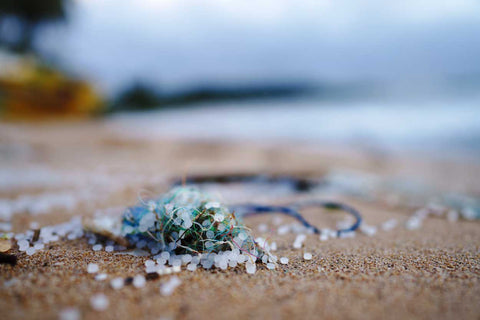
So what are microplastics
- Microplastics are tiny plastic particles measuring less than 5mm in size.
- They are often found in products such as cosmetics, toothpaste, and cleaning products and can also come from larger plastic items that have broken down over time from bottles, containers, clothing and tyres.
- Microplastics can enter our waterways through various means, such as being washed down the drain or being carried by the wind.
- These tiny particles can pose a significant threat to our marine life and ecosystem, as they can be ingested by aquatic creatures and move up the food chain.
- Microplastics can also absorb and carry harmful chemicals, which can further harm marine life and potentially affect human health if consumed.
- In addition to harming marine life, microplastics can also impact the quality of our drinking water, as they can be present in our water supply.
- Australia is not immune to the effects of microplastics. Studies have found high levels of microplastics in Australian waterways and marine life, indicating that this is an issue that needs to be addressed.
The sources of microplastics
-
Breakdown of larger plastic items: When larger plastic items, such as plastic bags or bottles, are exposed to the elements, they can break down into smaller pieces over time. These small plastic pieces can then become microplastics.
-
Microbeads in personal care products: Some personal care products, such as facial scrubs and body washes, contain tiny plastic beads called microbeads. When these products are washed down the drain, the microbeads can end up in waterways and eventually become microplastics.
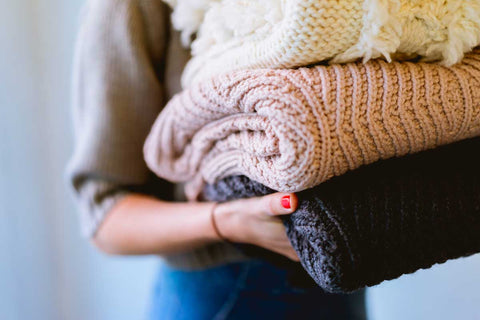
-
Synthetic textiles: Synthetic textiles, such as polyester, nylon, and acrylic, shed tiny fibers when they are washed. These fibers can end up in waterways and become microplastics.
-
Rubber tyres: Rubber tyres on cars and other vehicles can wear down over time, releasing small particles of rubber that can become microplastics.
-
Paints and coatings: Some paints and coatings contain microplastics that are used as additives to improve properties such as durability and texture. When these products are used and eventually disposed of, the microplastics can end up in the environment.
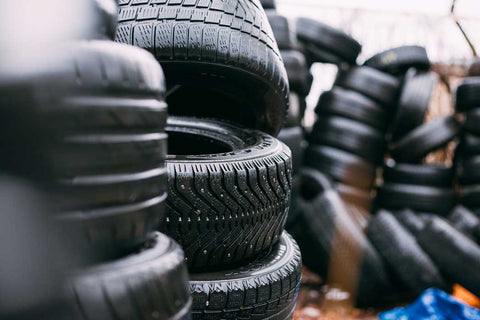
-
Industrial waste: Industrial processes can generate waste that contains microplastics. For example, plastic pellets used in manufacturing can spill during transportation and end up in waterways.
The impact of microplastics
The impact of microplastics on marine life is a serious concern as it affects the entire aquatic ecosystem. Microplastics can harm marine creatures in several ways:
-
Ingestion: Microplastics are often mistaken as food by marine animals such as fish, turtles, and birds, who cannot distinguish between the small plastic particles and their regular diet. When they ingest these particles, it can cause blockages in their digestive tracts, leading to starvation or death.
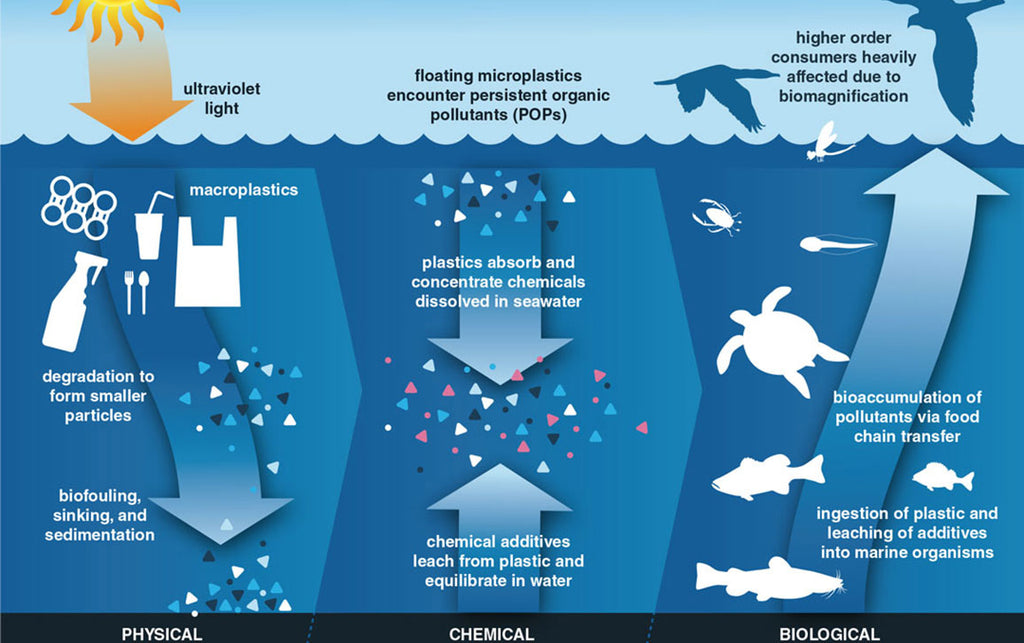
-
Chemical contamination: Microplastics are also known to absorb and accumulate toxic chemicals, such as pesticides and flame retardants, from the surrounding water. When marine animals ingest these microplastics, they are also exposed to these harmful chemicals, which can lead to various health problems such as reproductive issues, weakened immune systems, and death.
-
Physical harm: Microplastics can also cause physical harm to marine life, such as entanglement. Animals like sea turtles and marine mammals can get entangled in plastic waste, leading to injuries and even death.
The impact of microplastics on marine life has far-reaching consequences for the entire ecosystem. When marine animals die from ingesting or getting entangled in plastic waste, it disrupts the natural food chain, affecting the entire ecosystem. Additionally, when toxic chemicals from microplastics are released into the water, it can have a negative impact on other aquatic creatures and plants, affecting the overall health of the ecosystem.

In Australia, the impact of microplastics on marine life is particularly concerning due to the country's unique marine ecosystem. Australia has the third-largest marine jurisdiction in the world, with a diverse range of marine habitats, including the Great Barrier Reef, which is home to thousands of marine species. Unfortunately, studies have found high levels of microplastics in Australian waterways and marine life, indicating that the issue of microplastic pollution needs to be addressed to protect Australia's marine ecosystem.
To address the issue of microplastics, it's essential to reduce our use of plastic products, especially single-use plastics, and properly dispose of plastic waste. It's also crucial to educate the public on the impact of microplastics on our environment and what steps they can take to reduce their plastic consumption. By working together, we can protect our marine life and preserve Australia's unique marine ecosystem for generations to come.
How do we stop microplastics
Reducing the amount of microplastics that enter our waterways requires a collective effort from individuals, organizations, and government policies. Here are some efforts being made to address the issue of microplastic pollution in Australia:

- Individual Actions: As individuals, we can take several steps to reduce our plastic consumption and prevent microplastic pollution. For example, we can:
- Use reusable bags, water bottles, and containers instead of single-use plastics.
- Avoid products with microbeads, such as face wash and toothpaste, and opt for natural alternatives instead.
- Properly dispose of plastic waste and recycle whenever possible.
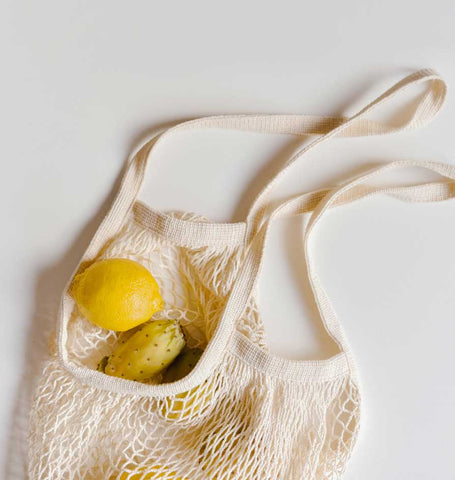
- Organizational Actions: Organizations can also take steps to reduce microplastic pollution. For example, they can:
- Implement plastic reduction policies, such as banning single-use plastics in their offices and events.
- We need to force corporations to find alternatives to fix this at the source.
- Use alternative materials, such as biodegradable or compostable packaging, instead of plastic.
- Work with suppliers to reduce the amount of plastic in their products.
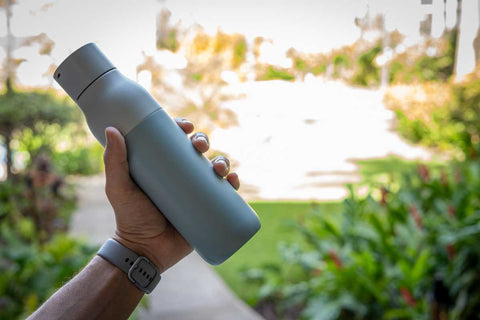
- Government Policies: The Australian government has taken several steps to address the issue of microplastic pollution. For example, they have:
- Banned microbeads in personal care products, which came into effect in 2018.
- Implemented a National Plastics Plan, which aims to reduce plastic waste and increase recycling rates.
- Established the Australian Packaging Covenant Organisation, which works with businesses to reduce the environmental impact of their packaging.
The Australian government has also pledged to work towards a circular economy, where materials are reused and recycled, rather than being disposed of as waste. This would reduce the amount of plastic waste entering our waterways and prevent microplastic pollution.
In conclusion, microplastic pollution is a significant threat to Australia's marine ecosystem, but there are steps we can take to address the issue. By reducing our plastic consumption, properly disposing of plastic waste, and supporting government policies aimed at reducing plastic pollution, we can work towards a cleaner and healthier environment. It's up to all of us to make a difference and protect our planet for future generations.
Microfibre catching laundry wash bag
In order to help the fight against microplastic and certainly not to contribute to it. I have designed a Microfibre catching laundry wash bag to be used with your washing machine at home for when washing synthetic clothing.
The bag has been designed in such away that allows your clothes to be washed while catching the microfibres that break off during the washing cycle.
The bag is 100% recyclable and will not shed microfibres due to its construction and materials used.
Check it out here - Microfibre catching laundry wash bag
